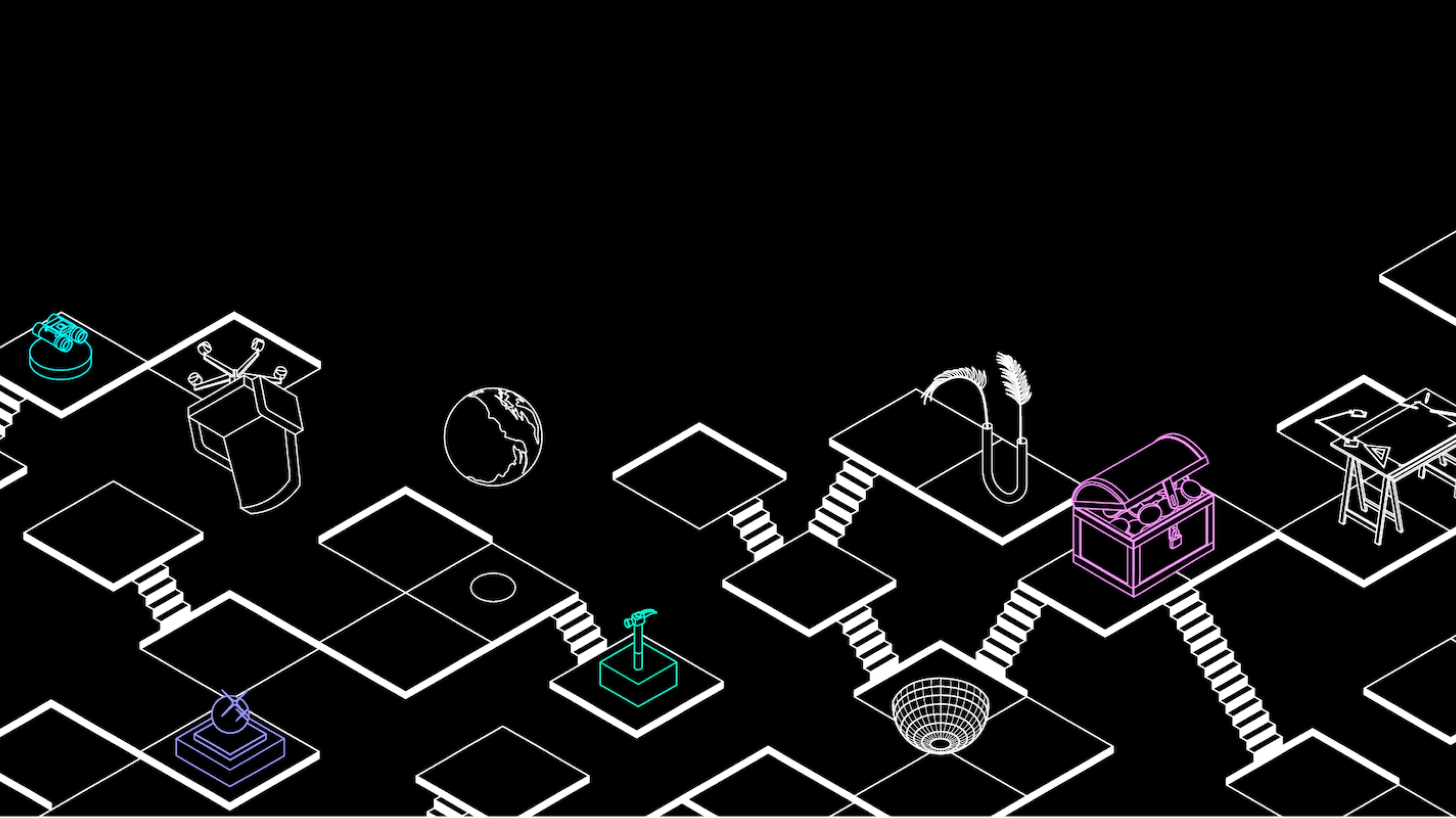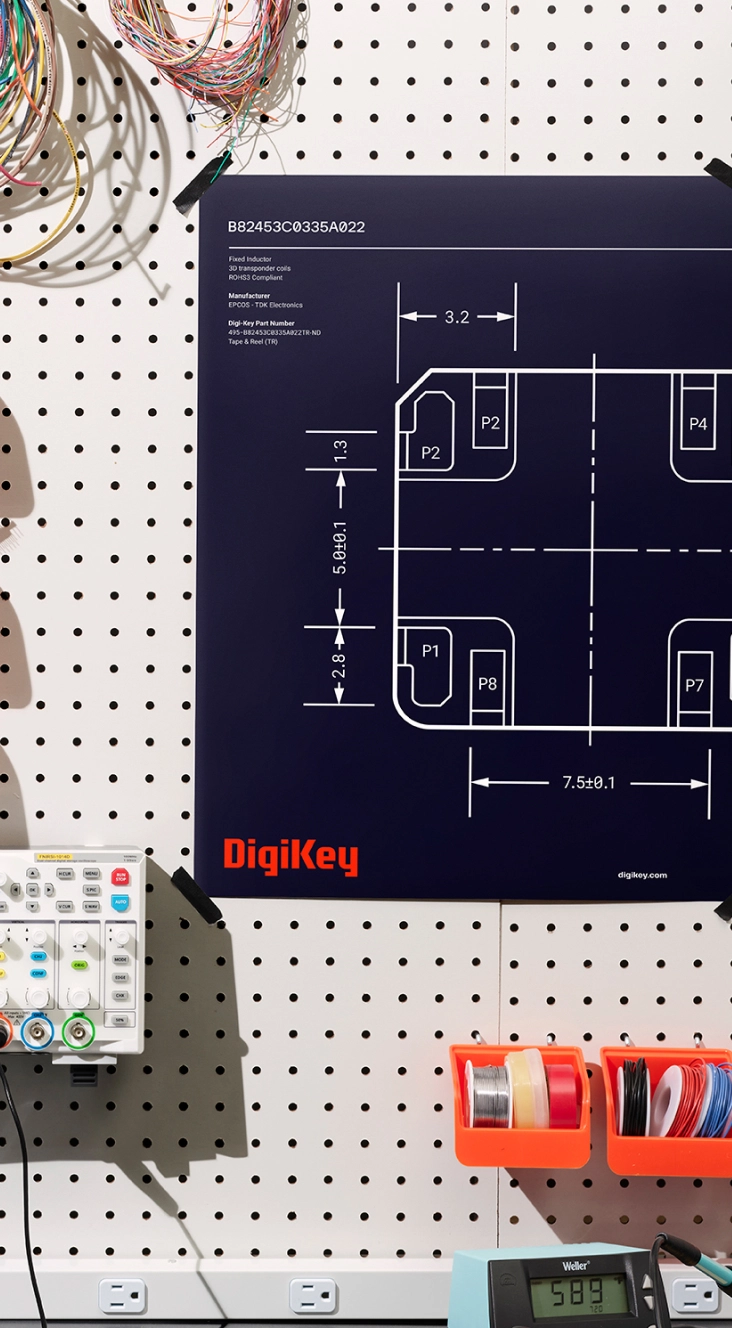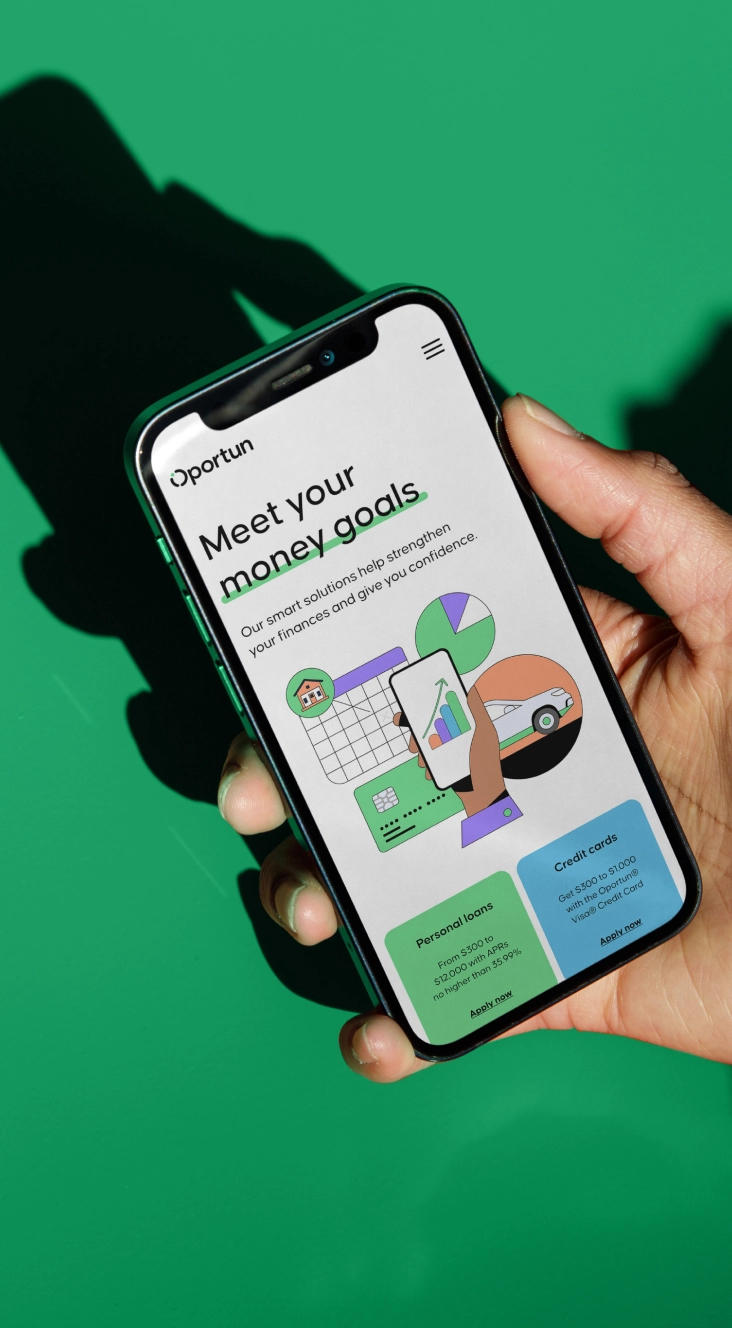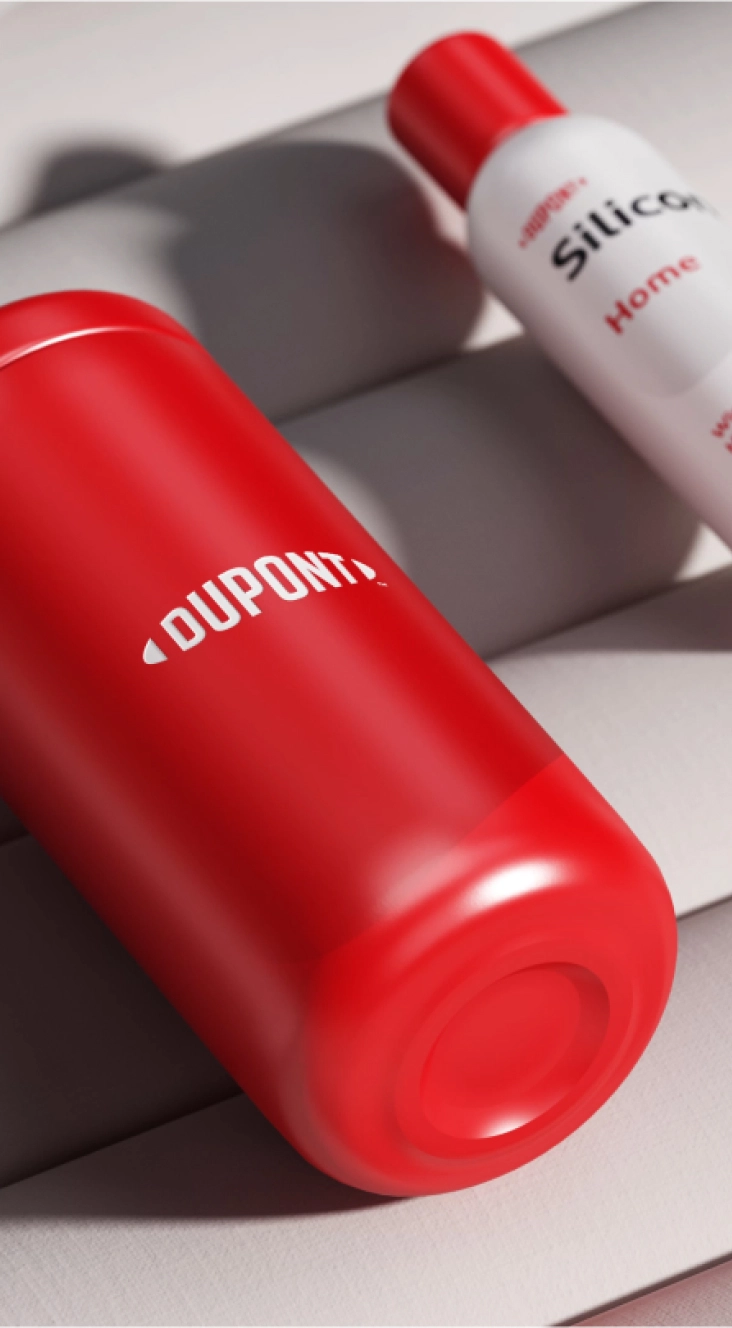관점
목적을 가지고 혁신

경영진 요약
Why is successful innovation so rare?
It comes down to how companies think about the role of innovation. Often, the responsibility lies with a select group of people hailing from strategy, R&D, and design—each of whom are eagerly dreaming up visions of the future. Within the group, the desire to nurture and grow bold new ideas creates a dynamic that actually limits who is able to participate in early stages of innovation development.
Visions of the future are threatened by the realities of the present. This is a natural tendency that we see time and again. The fear seems to be that the more people who are exposed to a nascent idea, the more chance it will be critiqued and saddled with present-day constraints that prevent it from moving forward.
While we recognize this anxiety, we see that truly game-changing ideas emerge only when innovation includes the ability to dream about what is possible while, simultaneously, being grounded by what exists today. Innovation is best when it is a team sport that includes team members who are able to use the best of where the business as a springboard for the future.
That's why we see innovation and brand as inextricably linked and find that the best results come from collaboration between the two disciplines. Innovation is as much a brand challenge as it is a challenge to drive revenue. The most successful solutions ultimately do both.
In our Perspective, we lay out three core principles to light the way and drive innovation-led growth:
- Creating innovation from a strong understanding of a brand’s vision
- Understanding today so we can accurately anticipate tomorrow
- Using prototyping to understand the impact on both connection and progress
감사합니다!
다운로드가 자동으로 시작되지 않으면 여기를 클릭하시기 바랍니다






